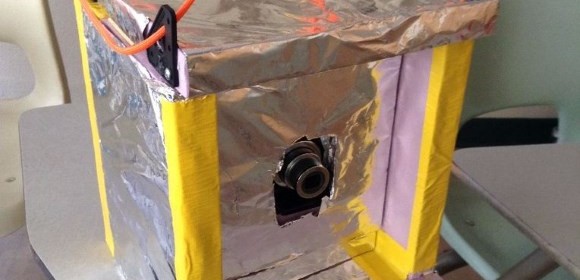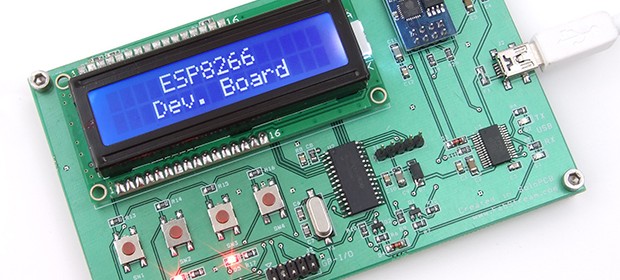GPS based car locator
Keep forgetting where you have parked your car in the parking lot? This Arduino-based car locator uses GPS to remember where you park with just the push of a button and later tells you how far you are from it and in what direction. The GPS continuously reads the latitude and longitude of the CarTracker. When the button is pressed, the coordinates are saved to the EEPROM. E.g., this would be the location of your car. Now, let’s say you walk out of a store and are looking for your car. Power up the CarTracker. Do not push button. The
Read more


